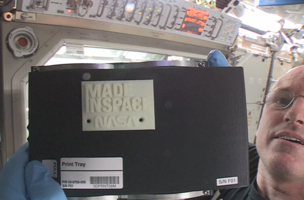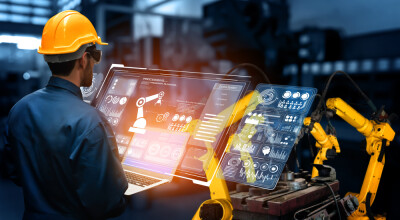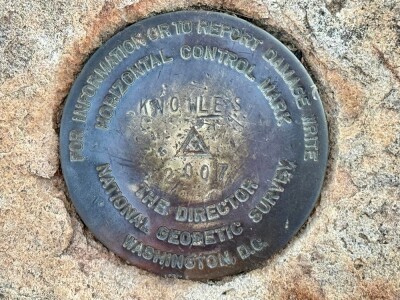It would take a person far more skeptical than I am not to get excited about this. A 3D printer on board the International Space Station has just manufactured the first 3D-printed object in space. A faceplate for the 3D printer itself that includes the text “Made in Space, Inc” and “NASA,” for the two companies that collaborated on the project.
According to Niki Werkheiser, project manager for the International Space Station 3-D Printer at NASA’s Marshall Space Flight Center in Huntsville, Alabama, “This first print is the initial step toward providing an on-demand machine shop capability away from Earth.”
Werkheiser goes on to explain NASA chose to print the faceplate because, “if we are going to have 3-D printers make spare and replacement parts for critical items in space, we have to be able to make spare parts for the printers. If a printer is critical for explorers, it must be capable of replicating its own parts, so that it can keep working during longer journeys to places like Mars or an asteroid. Ultimately, one day, a printer may even be able to print another printer.”
(Of course, this printing is being performed in space, so the project requires a lot of careful calibration. See NASA’s own press release for more info if you’re interested in the dirty details.)
Why is this little faceplate exciting to me? It is a proof-of-concept for very cool (and potentially game-changing) use for 3D printing, or additive manufacturing. It demonstrates that it’s possible for 3D printers on long-term, extremely long-distance space expeditions to print their own parts for the maintenance of spacecraft, and perhaps someday even for the production of settlements on far-away planets like Mars.
A second reason this is exciting is because it makes a case for possible consumer use of 3D printing down here on Earth: the replacement of parts that are inordinately expensive. For a plant that would need a part manufactured to exacting standards (a valve, maybe) the ability to supply your high-quality scans to a 3D-printing contractor rather than a traditional fabricator might be a faster, cheaper, and more reliable option.
This holds true for consumers, too. The economics of manufacturing are such that a manufacturer might be able to produce thousands of a single kind of part cheaper than you can print just one, but what if the part you need is no longer made? 3D printing your own might be the cheapest way to go. I certainly wish that I had had a 3D printer while I was restoring an old Honda motorcycle, as I would have saved time and money on hunting down old parts on eBay.
Lastly, as a sort of pie-in-the-sky thought, what do we imagine will happen to the economics of 3D printing once printers can print other printers, as NASA hopes they will? The number of people with printers will explode, of course, because you will be able to get one by heading over to your friend’s house and, for the cost of materials (or maybe a beer or two), get your friend to print you one. As with any technology, once we get it in the hands of more and more creative people, there’s no telling what sorts of uses they’ll find for it. Maybe even something crazier than a machine that prints spaceship parts to help us settle Mars.






